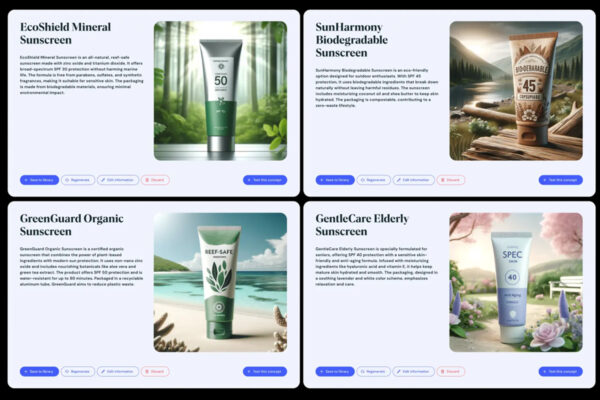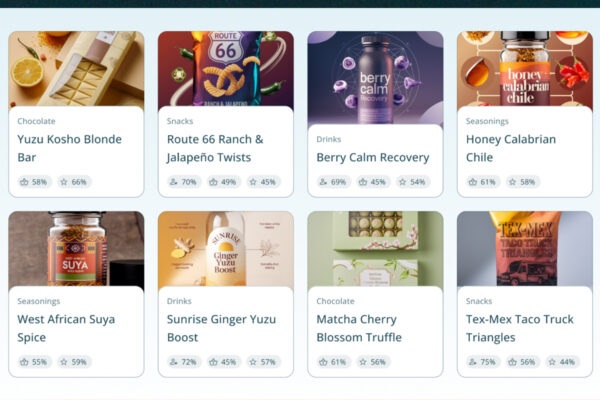AI Redefines Packaging with Faster Development Cycles

AI revolutionizes packaging with faster design, digital twins, and autonomous engines, cutting development cycles to 8 months while boosting innovation.
The Speed Revolution in Product Development
AI-powered design systems transform product development from a 24-month marathon into an 8-month sprint, fundamentally reshaping packaging innovation.
Five years ago, creating a new product and its packaging required up to 24 months of dedicated work. From concept to shelf, brands invested two years, and during that time emerging trends often vanished before launch.
You can also read: Digital Twin in Manufacturing and Beyond.
Today, the landscape looks very different. Complete development cycles span just 8–12 months, while concept-to-shelf delivery takes less than a year. As a result, brands capture trends while remaining relevant and profitable.
This transformation occurs because AI prototypes ten times faster than traditional methods. In addition, it tests fifty concepts simultaneously, iterates in hours instead of weeks, and validates ideas in days rather than months. Therefore, rapid response capability becomes a crucial competitive advantage in markets where consumer preferences change rapidly.
Digital Twins: A New Validation Paradigm
Meanwhile, digital twins stand among the most revolutionary technologies driving acceleration. These AI-powered replicas go far beyond demographic profiles. They simulate consumer behaviors, preferences, and reactions, creating virtual testing environments that eliminate traditional bottlenecks.
Traditionally, packaging validation required physical prototypes, costly consumer panels, long waiting periods, and significant financial investment. By contrast, digital twins enable simultaneous testing of thousands of variations and deliver purchase-intent predictions within minutes. Consequently, designers identify which visual elements capture attention most effectively and determine which messages resonate with specific consumer groups.

AI-powered innovation engine visualization demonstrates continuous data synthesis from brand research, social listening, and consumer insights to identify emerging opportunities in real-time. The always-on system generates hundreds of prioritized concepts based on synthetic personas. Credit BOI (Board of Innovation).
Autonomous Innovation Engines: Beyond Acceleration
The next frontier moves beyond speed into continuous collaboration. Autonomous innovation engines are always-on partners that synthesize brand data, research findings, and social listening insights. For example, a leading global consumer goods company implemented a 24/7 AI engine. It identified emerging opportunities, generated hundreds of concepts, and prioritized ideas using validated synthetic personas. Thus, innovation shifted from a limited departmental task into a persistent organizational capability.

Innovation copilot system interfaces human expertise with AI-powered ideation capabilities, enabling global CPG leaders to compress research and ideation cycles from months to weeks. Credit BOI (Board of Innovation).
The Mechanics of Continuous Innovation
Autonomous innovation engines operate through three integrated phases:
Data ingestion – Continuous intake of proprietary brand data, updated scientific research, social media trends, production capabilities, and real-time consumer insights.
Intelligent processing – Identification of unmet needs, detection of growth opportunities, and concept generation that addresses authentic consumer requirements.
Synthetic validation – Testing with brand-specific personas, purchase-intent evaluation, and holistic assessment across desirability, feasibility, viability, and sustainability.
Impact on Innovation Excellence
Companies applying AI-driven approaches report a 25% increase in product success rates, a 60% cut in external vendor spending, shorter commercialization cycles, and ROI projections of up to 8x. These outcomes reflect fundamental changes in how marketers and designers approach innovation.
With AI managing routine validation and concept generation, human experts focus on strategic decisions and creative problem-solving that technology cannot replicate. Innovation no longer belongs to specific departments or project schedules. It becomes an always-active capability that adapts to shifting markets with unmatched agility.
Hernán Braberman – Creative Director, Tridimage
